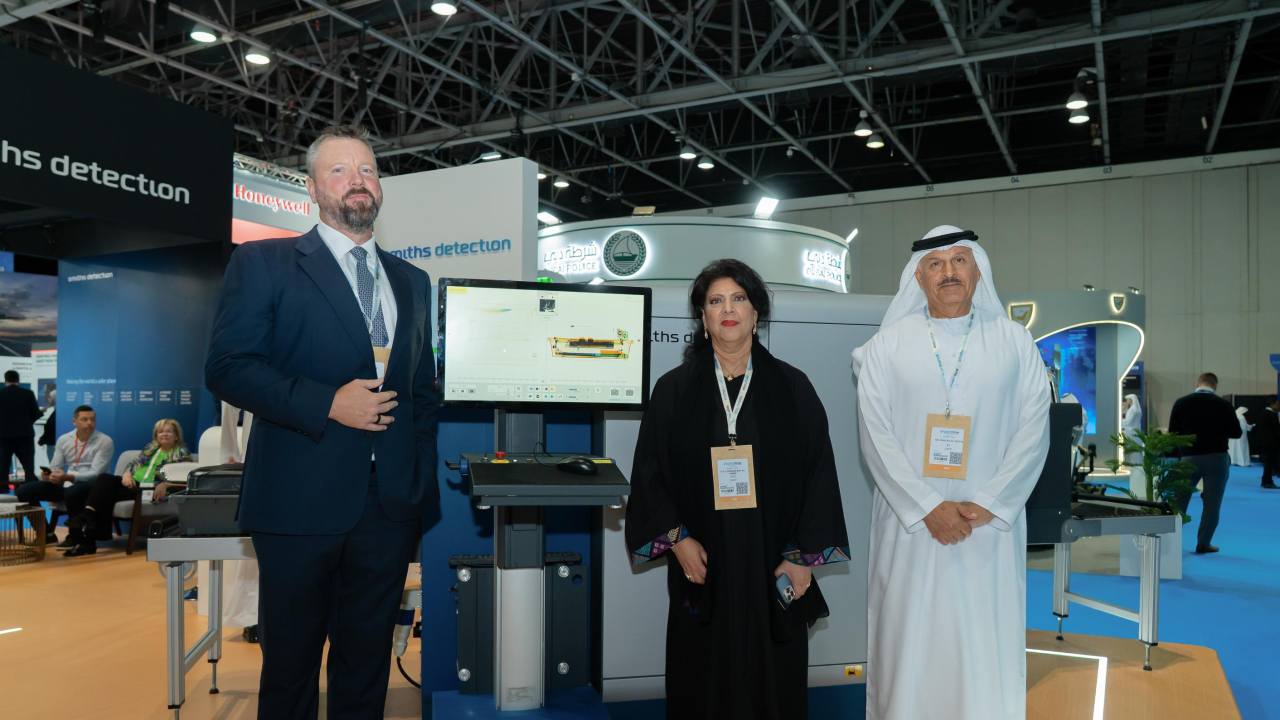Greener Qatar blossoms in the Park

Eighteen months ago Qatar Airways made history by conducting the world’s first commercial flight of an aircraft powered by a 50/50 blend of conventional Jet A1 kerosene and GTL liquefied natural gas.
The flight was a key achievement for the GTL synthetic aviation fuel programme, in which the airline continues to work with two Qatar-based energy companies, Airbus, Rolls-Royce, two universities and German aerospace research establishment DLR under the co-ordination of Qatar Science and Technology Park (QSTP).
Located in a spacious, ultra-modern development on the outskirts of Doha, QSTP is the national hub for technology development, education and research. “Qatar will be intimately linked with oil and gas for decades to come,” said managing director Dr Eulian Roberts. “But the current national vision for 2030 sets out a requirement to diversify the economic mix. Broadening the economy will give the country a stable base and help to reduce fluctuations. A ‘knowledge economy’ is one of the cornerstones of the policy and our job at QSTP is to help realise that part of the vision.”
The Qatar Airways flight was a successful headline-grabbing demonstration of the ability of blended GTL/kerosene to provide the energy needed to power an airliner. “We’ll look at the airline’s results again towards the end of this three-year programme,” said Roberts. “But now we’re well into examining two other aspects – the physical and combustion properties of GTL-based fuels – in an effort to determine whether we can add in an even higher percentage of GTL, certificate the resulting blend and obtain further environmental benefits.”
GTL fuels burn more cleanly than oil-based kerosene, emitting less sulphur dioxide and fewer sooty particles. “It’s, therefore, immediately attractive for its ability to improve local air quality at busy airports,” said Roberts. “However, GTL is a hydrocarbon product derived from natural reserves and doesn’t have any significant impact in terms of cutting CO2 emissions. It does offer a higher energy density, so for the same weight of fuel you can fly further. But then energy is needed to produce GTL, and one could easily offset the other.”
QSTP’s hopes for CO2 reductions are pinned on biofuels – specifically ones derived from algae. “A biofuel that could be dropped into today’s engines without having to develop expensive changes to them would be a very attractive way of cutting carbon emissions,” said Roberts. “A lot of work has been done on higher plants like jatropha, which is fine when you’ve got land that isn’t going to be taken away from agricultural production and isn’t under water stress. But in Qatar those requirements are not readily met, so we’re looking at photosynthetic micro-organisms – algae.”
Qatar can provide two of the things algae need to flourish, explained Roberts. “There’s plenty of good-quality sunlight for photosynthesis and our industrial processes can supply CO2 to enhance the growth of the algae. That’s the beauty of it – instead of pushing CO2 out into the environment, we would capture some of it through the photosynthetic process to produce the source oils.”
Fifteen months ago QSTP announced the creation of a second consortium, dubbed the Qatar Advanced Biofuel Platform. Bringing together QSTP, Qatar Airways, Qatar Petroleum, Airbus and Qatar University, the group is working to identify suitable algae species, and to identify potential sources of biofuels for Qatar Airways further afield on its route network.
“The initial work is being done at the university, where they’ve got the labs to culture these materials in small quantities and then take them off the bench to pilot-scale activities,” said Roberts. “They’re now working to identify the most promising types of algae and the culture conditions in which they are most likely to thrive. We hope that within the next 12 months we’ll be producing algae and extracting oil for processing into a fuel.”
The next stage will be pilot production. “Depending on the culture process we choose, we might aim for a facility with several square kilometres of open pond for algae production and drawing on industrial CO2 and seawater,” said Roberts. “We’re about 24 months away from a committed pilot on that kind of scale.”
Stay up to date
Subscribe to the free Times Aerospace newsletter and receive the latest content every week. We'll never share your email address.

